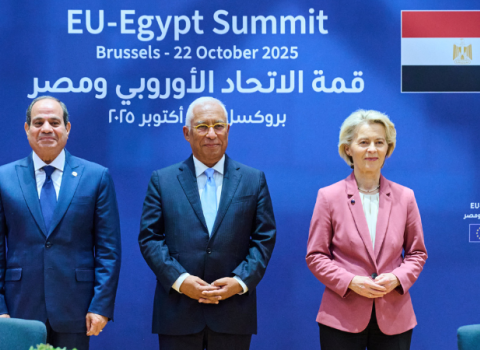The European Central Bank is at the hub of a network of national bankers, academic economists and statisticians – but to an outsider, it can be hard to figure out how to navigate the system. Here’s a primer.
Organisation
Many parts of the European Central Bank deal with analytical topics (e.g. the Directorates General Economics or Statistics), but the Directorate General Research is the lead business area in research. The Directorate General Research is relatively small – with just 57 staffers.
Related articles
The bank’s researchers often work in closed networks of about 50 top economists and statisticians at the 15 Eurosystem national central banks, jointly studying special topics like wage dynamics.
The resulting research is published in the ECB’s working paper series.
The bank also works in some more-open networks, involving large numbers of academic economists. For instance, one such network is managed with the University of Frankfurt’s Center for Financial Studies, and is called the Capital Markets and Financial Integration in Europe network. It started in 2002 looking at the structure of the European debt market and linkages to the US and Japan, and has now broadened its mandate to include the relation between financial-industry integration and financial stability in the Eurozone, the economic impact of new members joining the Eurozone, and how modernization in the financial industry affects economic growth.
Another, the Euro Area Business Cycle Network, focuses on economic cycles and is run with the London-based Centre for Economic Policy Research. It organizes conferences, publishes research, and helps train economists.
The history
The ECB is only 10 years old – and most of its early research was focused on what the bankers euphemistically call getting “fit for purpose” (i.e., rushing to get the needed statistics and models together for the launch of the euro). Since then, the ECB has been publishing more research, collaborating more broadly with academics, and trying to keep its finger on the pulse of economics research globally: “To be an intelligent consumer you have to be a producer of research”, was a conclusion of a 2004 review of the bank’s research that the ECB commissioned from outside experts.
But that same report took the bank to task for several faults – including an overly young staff, “good but not outstanding” published research, and “a problem of coordination and cooperation” among different parts of the bank. The bank adopted several of the report’s recommendations, including creating a research council to coordinate priorities among the bank’s directorates. The bank has also been collaborating and publishing more with other central banks, including the US Federal Reserve Bank.





 A unique international forum for public research organisations and companies to connect their external engagement with strategic interests around their R&D system.
A unique international forum for public research organisations and companies to connect their external engagement with strategic interests around their R&D system.